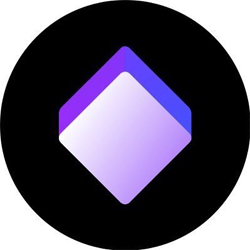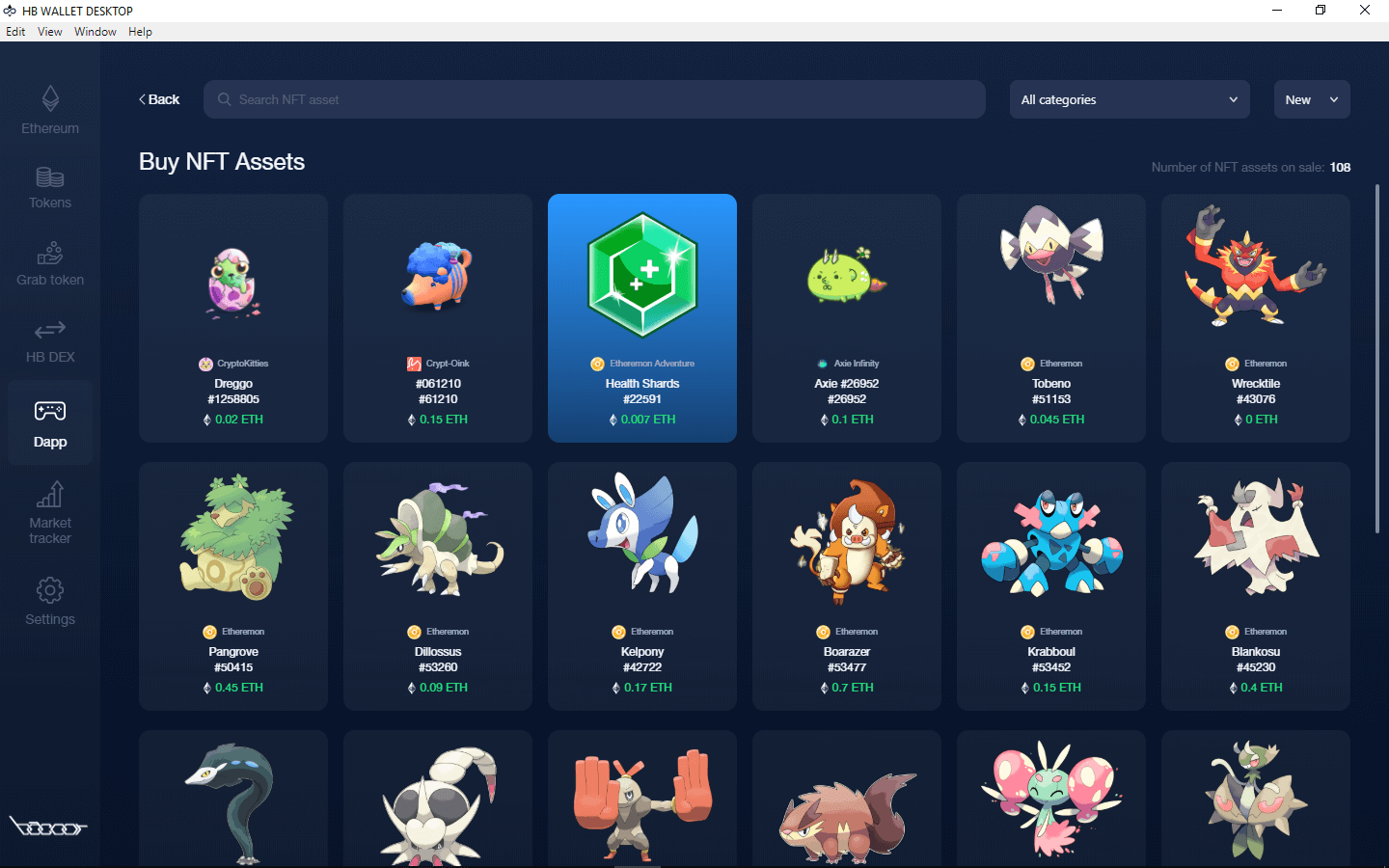

It sold for $2.915,835.47 (a figure that must have been deliberate because the buyer bid up his own last bid). But it was Jack Dorsey’s first tweet on the platform he founded. One multi-million dollar NFT sale that made headlines wasn’t the product of an artist. He’s been a digital art creator for over a dozen years and has over 2.2 million followers on Instagram. Most of the headline-grabbing sales of NFTs all concern works of art like the Hashmasks collection that sold for $16 million in under a week, or the work of the artist Beeple that sold for $69 million.
#WHERE TO BUY NFT TOKENS UPDATE#
The unalterable feature of blockchains gives absolute assurance of the data on identity, and the smart contracts will automatically update any movement. (Read also: Art Museums and Blockchain: What's the Connection?) Art produced today will often get that kind of identifiers. The blockchain solution has been adopted by that world to guarantee authenticity and track provenance.

The possibility of copies dilutes that value. Part of the great value of art is derived from its irreplaceable status. This system solves a problem that has plagued the art world, including both collectors and museums: counterfeit works of art. They can feel like they have the equivalent of the Mona Lisa even though her image has been reproduced thousands of times. Even if the work is copied and sold to others, the owner has the bragging rights of possessing the original with indisputable digital proof. The one who buys the NFT has something that contains its own proof of authenticity. Because it’s programmed into the token, it’s impossible to cut the artist out of their rightful share for a setup in which the artist maintains the copyright. If that is applied to work of art rendered into an NFT then, it’s possible to build in a royalty payment for sales made off the token. The programmable capability is what enables the “ smart contract” feature of blockchains. One of the most useful qualities of NFTs to date is that royalties can be programmed (or built-in) to the tokens. This means it can be programmed to have various qualities.
#WHERE TO BUY NFT TOKENS CODE#
Programmable – An NFT is just a piece of code on a blockchain.

This information can include a message, image, music, signature, or any other piece of data. Permanence – NFTs have permanent information and data that is stored within the token. For example, Sorare – a sports trading card game – has third-party games (not built by the Sorare team) that use Sorare trading cards. We’re happy to make sure it is.Permissionless – NFTs can be used in multiple ways if they exist on a permissionless blockchain like Ethereum (not all NFTs are on Ethereum). Just make your purchase, get the digital goods you want and get on with your day. We look forward to playing a big part in making that happen in partnership with the industry.

This is an important way to welcome everyone into this new space. We’re also excited to bring to the table all our cybersecurity capabilities to ensure Mastercard customers’ data is protected and the NFTs they buy are secure. As it does, Mastercard sees even greater potential for NFTs’ underlying tech to go beyond art and collectibles into many more areas. Getting more people involved safely and securely is perhaps the best way to help the NFT market thrive. Expanding the audience for NFTs allows this burgeoning market to support more creators and could spark the next evolution of digital commerce. When more people are included in new technologies, it spurs innovation, helps economies grow and expands choices for consumers.įor NFTs specifically, many of these digital goods are created by musicians, artists and video game designers. We’re working to make NFTs more accessible because we believe tech should be inclusive. That will ensure NFTs can be for everyone.Īs an important step in this mission, we’re excited to announce today that we’re partnering with Coinbase to let people use their Mastercard cards to make purchases on Coinbase’s upcoming NFT marketplace. But for most people, it's not simple, it’s not intuitive. Today, if you want to buy an NFT - such as a digital art piece - you first need to open a crypto wallet, buy crypto, then use it to purchase an NFT in an online marketplace.Ĭryptocurrency enthusiasts are used to this process. That’s not the case for many NFTs, or non-fungible tokens. You can make your purchase with one click - that's it. Buying digital goods should be as simple as buying a T-shirt or coffee pods on an e-commerce site.


 0 kommentar(er)
0 kommentar(er)
